John Hurrell – 26 August, 2016
What is impressive is the sheer delicacy of these furry constellations: the intricacy of the forms (especially the spiralling colony formations) and the subtlety of the faint pale colour. You have to stand close to the Cibachromes to appreciate the fine detail, and because they are long, large and vertical, it takes a certain amount of skill to scrutinise all of their surfaces thoroughly. Because they are pale and have no depth, they don't look like conventional photographs.
Made between 1999 and 2002, these large, very unusual Cibachromes - that use colonies of bacteria (especially Bacillus subtilis) manipulated on transparent agar plates - have understandably brought Joyce Campbell a lot of kudos. They are an extraordinary achievement and it is exciting to see them on show again.
Apart from the unorthodox idea, visually these unique contact prints look as if bacteria are involved in the process - the clusters of dots and spacing in most look like bathroom mould - and are sinister because of that. (Some look slightly like fatty adipose, or decaying flesh and so have really disturbing emotional impact). Others however, aren’t immediately recognisable as linked up stringy colonies, and with their curlicues and arabesques, seem far more connected to the underwater plant life with leaves that Campbell has examined in later projects.
What is impressive is the sheer delicacy of these furry (sometimes ‘greasy’) constellations: the intricacy of the forms (especially the spiralling colony formations) and the subtlety of the faint pale colour. You have to stand close to the Cibachromes (a technology now obsolete) to appreciate the fine detail, and because they are long, large and vertical, it takes a certain amount of skill to scrutinise all of their surfaces thoroughly. Because they are pale and have no depth, they don’t look like conventional photographs; they look more like a form of etching with fine linear feathery formations (tendrils) gathering around the edges - with little cut-out linear shapes in the central field - and their proportions (with no enlarging) seem to address the standing gallery visitor.
You also get a strong sense of hermetically sealed universes contained within these images, of burgeoning processes in mid-stream, as if halted in the midst of gradual expansion - an abrupt curtailing. There is a hint too of metaphor being embedded in language, a referencing perhaps of the swirling forces of history; an obvious look at everyday (but now highly ambiguous) terms like ‘colony’, ‘contamination’ and ‘infection’.
John Hurrell
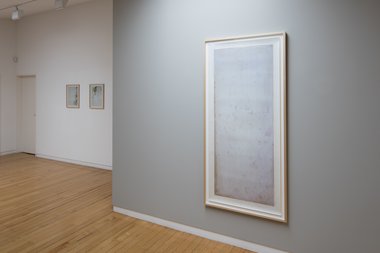



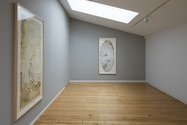
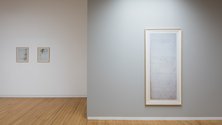

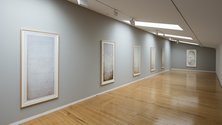



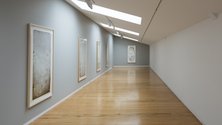
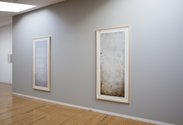


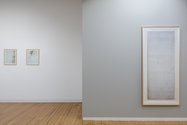
 Advertising in this column
Advertising in this column Two Rooms presents a program of residencies and projects
Two Rooms presents a program of residencies and projects



This Discussion has 0 comments.
Comment
Participate
Register to Participate.
Sign in
Sign in to an existing account.